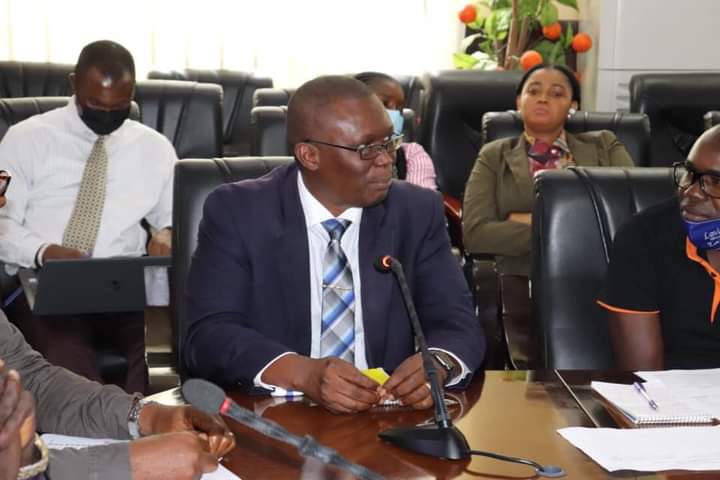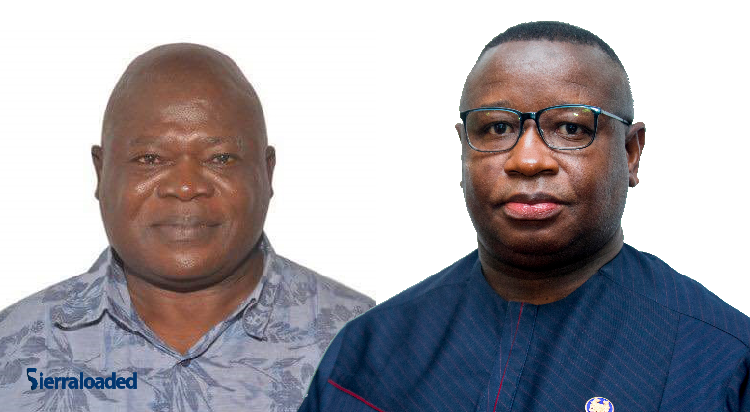The Ministry of Finance says Sierra Leone’s total public debt was estimated at Le33.0 trillion (US$3.1 billion) by the end of June 2021 from Le28.5 trillion (US$3.0 billion) at the end of June 2020.
It includes the total external and domestic debts of the government, with external debt estimated at Le20.5 trillion (US$1.98 billion) or 47 percent of GDP and domestic debt, including the verified stock of domestic arrears at Le12.5 trillion (US$1.4 billion) or (28 percent GDP) for the period under review.
The debt figure represents an increase of Le4.5 trillion within the first half of 2021 compared to the Le28.5 trillion recorded at the end of June 2020. In the first half of financial year 2021 the Economic Bulletin put the domestic debt including the verified stock of arears at Le12.49 trillion as at end June 2021 coimpared to Le10.18 trillion at the end of June 2020.

The Macro Fiscal Division attributed the increase to Government borrowing from the domestic baning system and the non-bank public through the sale of Government securities (treasure bills and bonds) to finance the national budget.
“Treasury bills sold increased by 35.6 percent to Le7.23 trillion as at June 2021-while treasury bonds decreased 6 percent over the same period. Ways and Means Advances fro the Bank of Sierra Leone increased by 4.9 percent. Arrears owed to suppliers/contractors increased by 16.9 percent” the Bulletin states.
As at the end June 2021, an estimated 53% of the domestic debt was held by commercial banks, mostly in the form of treasury bills. This followed by arrears of Le3.49 trillion owed to suppliers and contractors, accounting, for Le27.9 percent of domestic debt.
The Bank of Sierra Leone held about 10.5 percent mostly treasury bills while the non-bank public including NASSIT, Discount Houses, CSE and the general public held about 8.4 percent of the domestic debt.

Accordingly, external debt is estimated at US$1.98 billion as at end of June 2021 compared to US$1.87 trillion billion at the end June 2020, indicating an increase of 6.2 percent over the period. The increase was due to emergency support provided by the International Monetary Fund (IMF) under the Rapid Credit Facility in support of the Government’s response to the COVID-19 pandemic.
The IMF disbursed about USS35.26 million in the first half of 2021 to support government policy reform efforts aimed at reinforcing the country’s recovery, from the pandemic, preserving macroeconomic stability, and sustaining inclusive long-term growth.
Multilateral Creditors account for the bulk of the external debt stock (79 percent), bilateral creditors (12 percent), and commercial creditors (9 percent) during the review period.
According to the Ministry, the overall objective of Public Debt Management policy was to maintain debt sustainability and reduce debt. Therefore, to minimize the burden of high external debt the Government continued to prioritize highly concessional loans and grants to finance infrastructure projects. The Ministry of Finance updated the Medium-Term Debt Strategy (MTDS) in June 2021 with technical assistance from the IMF and the World Bank to inform appropriate financing strategies that would lower the cost and risks of the existing public debt portfolio. The MTDS incorporated the Arrears Clearance Strategy and Principles to demonstrate the Government’s commitment towards liquidating the verified stock of domestic suppliers’ arrears.


 Post a comment
Post a comment 









